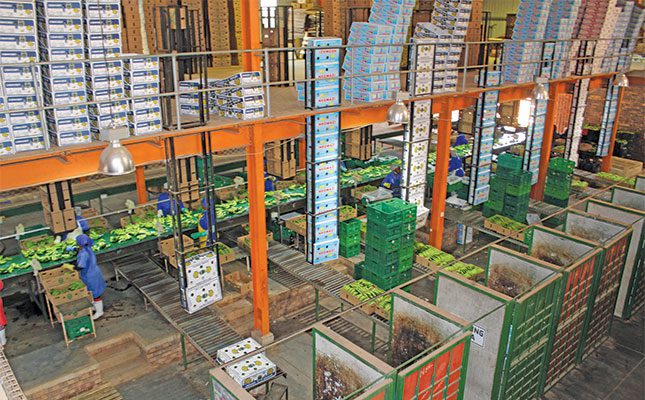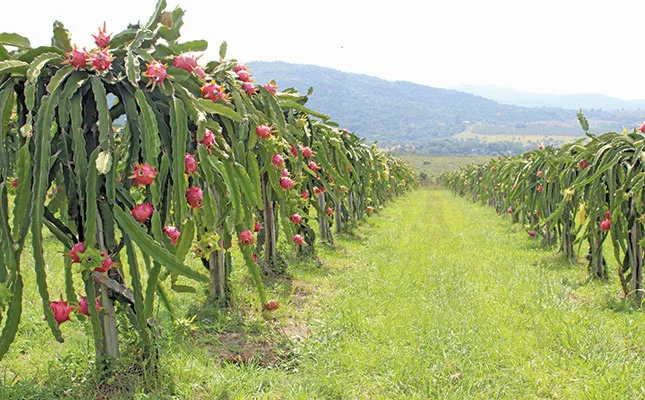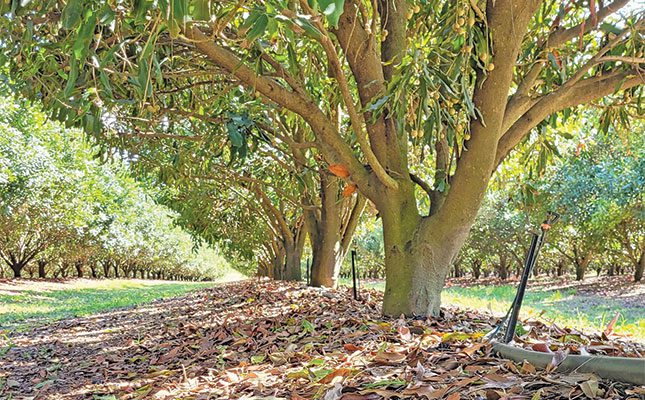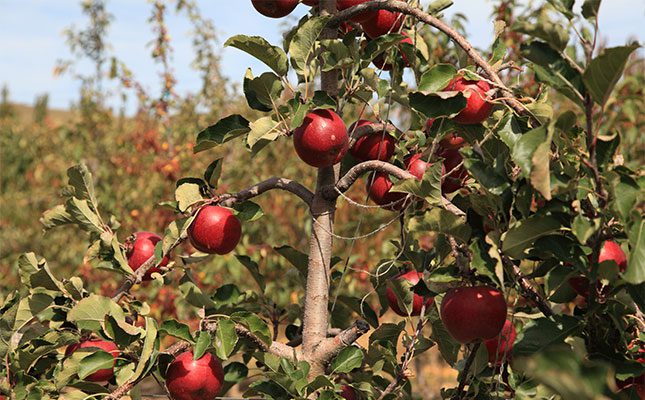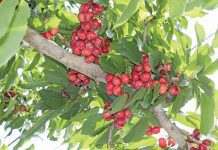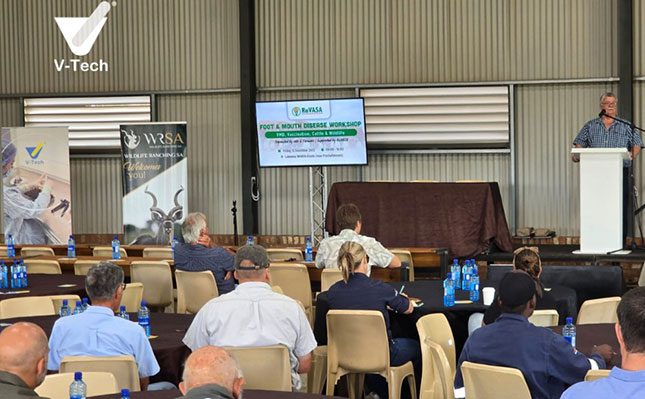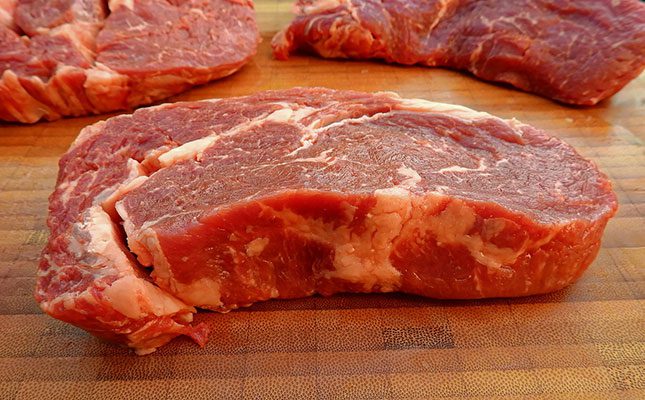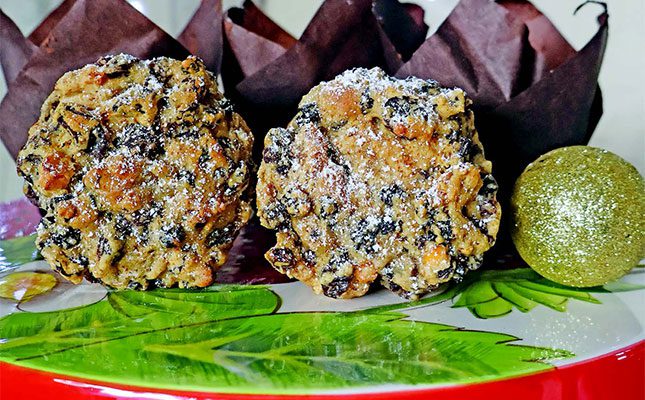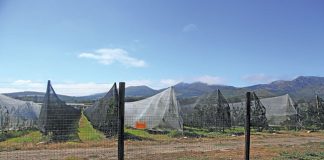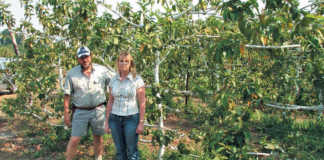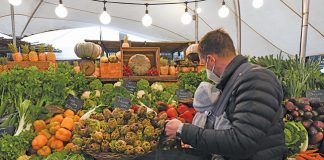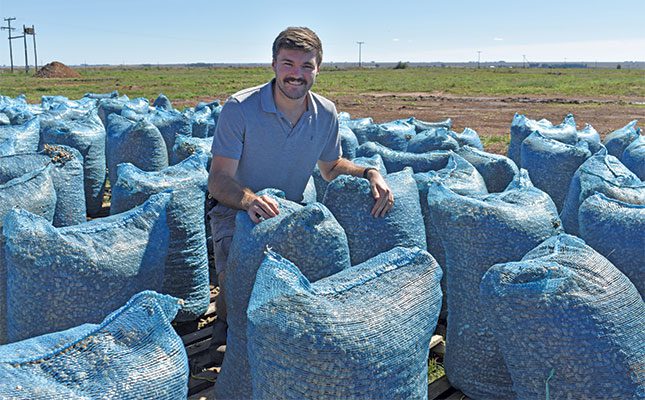
Photo: Supplied
Groundnuts are a high-value, nutritional crop that generate a high income. “It is a lucrative business,” says Eduard Dreyer. He also invests in sunflower and maize production so that his risk profile expands across industries.
Eduard, a third-generation farmer near Bothaville in the Free State, is constantly reminded of the legacy his father-in-law and the generation before him left on the farm, and it strengthens his enterprise when he adapts to the times so that he can preserve the farm for his sons.
His house, for instance, is testament to the resilience of a group of Italian prisoners of war who were interned in South Africa during World War II. When the war ended, they chose to stay on.
These Italians found themselves on the family farm with Grandfather Roux, and helped build the house Eduard now lives in.
“Grandfather Roux gave the Italians a piece of land on the farm, but later on the dynamics changed and they sold it back to us,” he says.
That’s why Eduard was so excited when his son Christian joined their business in January this year. Christian brings new ideas, which Eduard fully supports.
“I welcome his input, as it improves our business and gives me a fresh perspective on the way things are done. This gives us an opportunity to take the business to the next level,” explains Eduard.
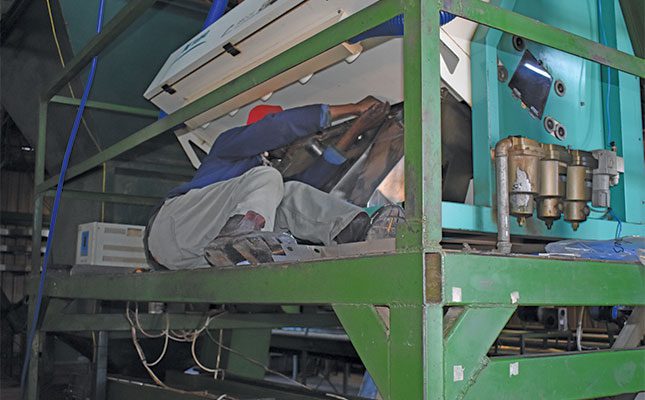
He married into the Roux family and joined the farming business years later, and it was his idea to plant groundnuts. In 2017, he diversified by entering the value chain and processing their groundnuts.
“About 25% to 30% of our land is dedicated to groundnuts. We also plant sunflower and maize to bolster our cash flow,” he says.
Their company, Vienna Groundnuts, also purchases groundnuts from farmers in the Bothaville area, with the goal of delivering a high-quality processed product to their buyers who, Eduard says, have the know-how to prepare the produce for export. At the end of the process, they supply sorted peanuts of all grades.
Adaptability is a core value that Eduard believes in. “Because timing is everything, one needs to adapt quickly. Farming groundnuts has taught me to take each day for what it might bring. The decision to harvest groundnuts may change daily as the conditions must be ideal – it can’t happen too early or too late.”
Resilience
“Groundnuts are a great crop to invest in when the predicted rainfall for an area is less than usual,” explains Eduard.
The outcome of a groundnut harvest depends mostly on climate and rainfall, which changes annually. Groundnuts are more drought-resistant than maize and can be grown as a cash crop.
“They also work well as a rotational crop,” adds Eduard.
The Dreyers cultivate groundnuts mainly under dryland conditions. The crop prefers sandy soil so that its well-developed taproot system can reach a depth of up to 1,8m. But as with any other crop, seedbed preparation should be a top priority.
According to Grain SA, the seedbed must be moist, even, and firm to allow good contact between the soil particles and the seed for good germination and root development.
The most suitable soils for groundnut cultivation are Avalon, Bainsvlei, Clovelly, Hutton, and Glencoe. Physical limitations include shallow soil, hardpans, and compaction layers, and these must be avoided, as they restrict taproot development.
Seed germination is rapid if the soil moisture and temperature are optimal (above 18°C).
When seeds are planted at depths of less than 50mm, it should be done in relatively warmer soil. Seeds planted in soilbeds that are too shallow will dry out quickly, leading to a lower germination rate, which will result in poor stands. Furthermore, moisture is a critical factor for groundnut production.
Annual rainfall in the region of 500mm to 700mm provides the best conditions for groundnut production.
“We harvest between 1 500t and 2 000t of groundnuts seasonally,” says Eduard. Care must be taken during the shelling process to prevent damage to the kernels. Split and damaged kernels will result in a lower income compared with whole (choice-grade) kernels.
“It is an intensive process,” adds Christian. “Moisture management is key, as groundnuts are prone to developing aflatoxins.”
Aflatoxins are potent, naturally occurring carcinogens and mutagens produced by certain moulds. To prevent the mould from spreading, the Dreyers constantly monitor the toxin levels by taking samples and testing them.
“When we hand-pick the groundnuts, we discard those with damaged shells because
of the risk of the mould spreading to the kernels,” says Christian.
Strong team
Over the years, the Dreyers have built a strong, hands-on team that is on standby to receive stock from local farmers during the harvesting season.
After receiving stock, samples are taken to the Dreyers’ grader, and then the process of cleaning starts by conveying the groundnuts over a gravitation sieve.
The next step is shelling. The nuts are separated according to size using screens, providing manageable categories. By using an electronic colour sorter, most of the unsound kernels are separated from the food-grade ones.
Christian recently installed sensors to monitor the capacity of the bins during harvesting. He also designed baskets to make the delivery process easier for their clients.
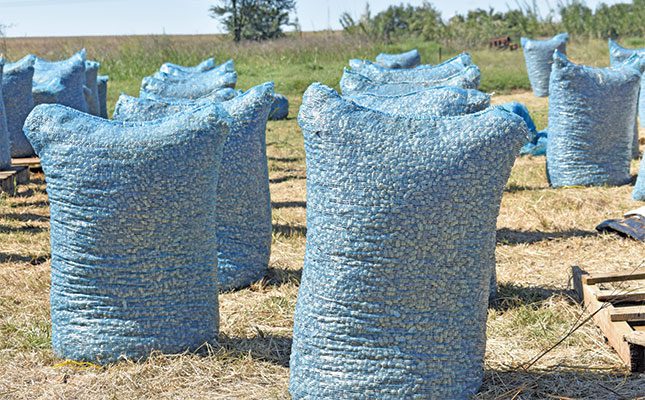
“The baskets can be moved by forklift, and there is no need to dry the nuts in bags on the land,” he explains.
He plans to further automate the processing plant: “I want to make the process of unloading as easy as possible for our clients.” He will also be revising and streamlining the process.
The sorted groundnuts are packed according to different grades into 50kg white, woven polypropylene bags.
Groundnut production has been declining in South Africa since the mid-1980s.
This downward trend can be attributed to rising labour costs, as groundnuts are a labour-intensive crop, as well as inadequate seed-breeding developments.
Still, the Dreyers persist, and they’d like to see more farmers coming on board and investing in groundnuts.
“Harvesting and processing groundnuts can be expensive, as one needs to invest in specialised equipment, but we believe it pays off in the end,” concludes Eduard.
For more information email Christian Dreyer at [email protected].

